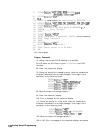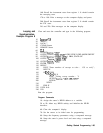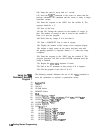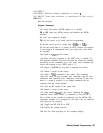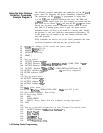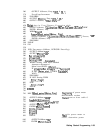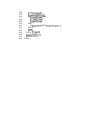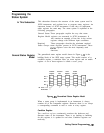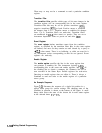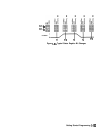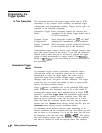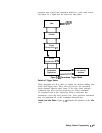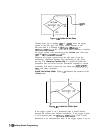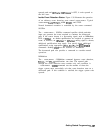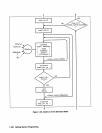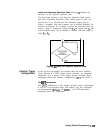
There may or may not be a command to read a particular condition
register.
Transition Filter
The transition filter specifies which types of bit state changes in the
condition register will set corresponding bits in the event register.
Transition filter bits may be set for positive transitions
(PTR),
negative transitions
(NTR),
or both. Positive means a condition
bit changes from 0 to 1. Negative means a condition bit changes
from 1 to 0. Transition filters are read-write. Transition filters
are unaffected by
*CLS
(clear status) or queries. They are set to
instrument dependent values at power on and after
*RST.
Event Register
The event register latches transition events from the condition
register, as specified by the transition filter. Bits in the event register
are latched, and once set they remain set until cleared by a query or
a
*CLS
(clear status). There is no buffering, so while an event bit is
set, subsequent events corresponding to that bit are ignored. Event
registers are read-only.
Enable Register
The enable register specifies the bits in the event register that
can generate a summary bit. The instrument logically ANDs
corresponding bits in the event and enable registers, and ORs all
the resulting bits to obtain a summary bit. Summary bits are in
turn recorded in the Status Byte. Enable registers are read-write.
Querying an enable register does not affect it. There is always a
command to read and write to the enable register of a particular
status group.
An Example Sequence
Figure
l-34
illustrates the response of a single bit position in a
typical status group for various settings. The changing state of the
condition in question is shown at the bottom of the figure. A small
binary table shows the state of the chosen bit in each status register
at the selected times
Tl
to T5.
l-102
Getting Started Programming



